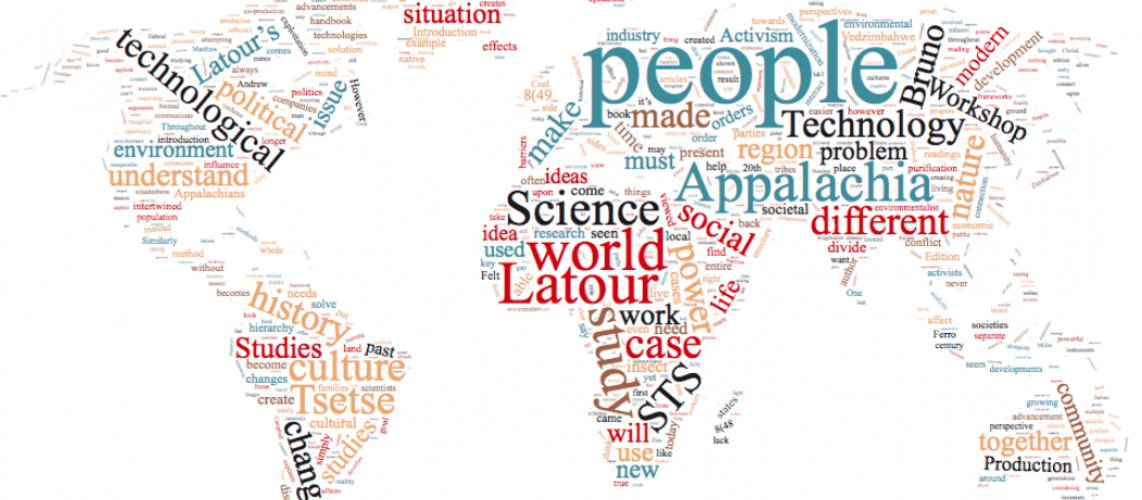By examining the history of technology we can recognize problems we need to address in order to make the future that we envision for this technology a reality. Looking at the success and concerns of the past, we can shape the future of AI and big data positively, and be better informed on decisions that will make our goals for AI and Big Data a reality. The merging of humanity and technology has allowed humanity to achieve incredible discoveries and accomplishments. Through the use of Big Data and AI, human achievement will reach new heights, and humanity can learn about ourselves.
One question raised by analysts and scientists is how to define what it means to be human. With technological innovations creating more sophisticated machines, the gap between humans and machines began to blur long before AI was possible. David Mindell in his book
Between Human and Machine. Feedback,Control, and Computing before Cybernetics describes how “In the era of cyberspace, global networks… the line between technology and human identity continues to shift and erode.” (Mindell 3). While it may appear alarming that machines are learning how to become human, the conjoined cooperation of machines and humans has catapulted human discovery to new heights. This can be directly seen with Charles Lindbergh flying across the Atlantic Ocean, where he uses “We to emphasize the collaborative nature of the feat—the hero was both the operator and the machine, their assemblage and their synthesis. ‘We shared our experiences together,” he wrote “…We have made this flight across the ocean, not I or it.”” (Mindell 2). Without machines this flight would not have been possible, and he emphasizes that significance by referring to his companion on the flight as a part of himself. Many of the biggest achievements or events in human history, like flight were enabled and made possible by technology, and the marriage between humans and machine. In the future, it is important to recognize this, and embrace the integration of machines into human life in order for developments to continue.
AI is climbing to new heights every day, and it will inevitably reach the point where it is beyond human intelligence. Not only has AI already become better at computing data on a large scale, but its ability to process and interpret the data is also unparalleled. Big data is already being used identify characteristics in people, as Zeynep Tufekci reflects how a “recent paper shows that merely using Facebook “likes” is sufficient to model and accurately predict a striking number of personal attributes including “sexual orientation, ethnicity, religious and political views, personality traits, intelligence, happiness, use of addictive substances, parental separation, age, and gender.” (Kosinski, et al., 2013)” (Tufekci). With access to big data, such as social media “likes” and profiles, AI has developed more detailed and complex patterns that push the limits of our scientific knowledge of human psychology and characteristics, revealing information about humans as a whole. With exposure to a wide array of data, including more personal information, such as medical records, the conclusions and connections made by processing data is beyond what humanity alone is able to accomplish. Will Knight brings up that, “In 2015, a research group at Mount Sinai Hospital in New York was inspired to apply deep learning to the hospital’s vast database of patient records… it proved incredibly good at predicting disease…The new tool offers no clue as to how it does this” (Knight). AI was able to accurately predict diseases previously thought to be unpredictable; an instance of AI’s use in revealing what humanity would not have otherwise known. By further studying how it was able to recognize these patterns, and by gaining a greater understanding of the technology, we can make incredible epistemic breakthroughs in all fields of science.
The blurred line between humanity and technology has allowed humans to produce epistemic breakthroughs. AI, a cutting-edge technology, is on the rise in our world, and as time goes it, it becomes smarter and smarter. Utilizing this fast developing technology, and through learning from the past, mankind can continue to push the boundaries of technological achievement, and gain a better understanding of humans as a whole.
References:
Ambrose, Leta. “: Lessons from the Avalanche of Numbers: Big Data in Historical Perspective.” A Journal of Law & Policy for the Information Society, 2015.
Knight, Will. “There’s a Big Problem with AI: Even Its Creators Can’t Explain How It Works.” MIT Technology Review, MIT Technology Review, 12 May 2017, www.technologyreview.com/s/604087/the-dark-secret-at-the-heart-of-ai/.
Mindell, David A. Between Human and Machine: Feedback, Control, and Computing before Cybernetics. The Johns Hopkins University Press, 2004.
Tufekci, Zeynep. “Engineering the Public: Big Data, Surveillance and Computational Politics.” First Monday, First Monday, 7 July 2014, firstmonday.org/article/view/4901/4097.
